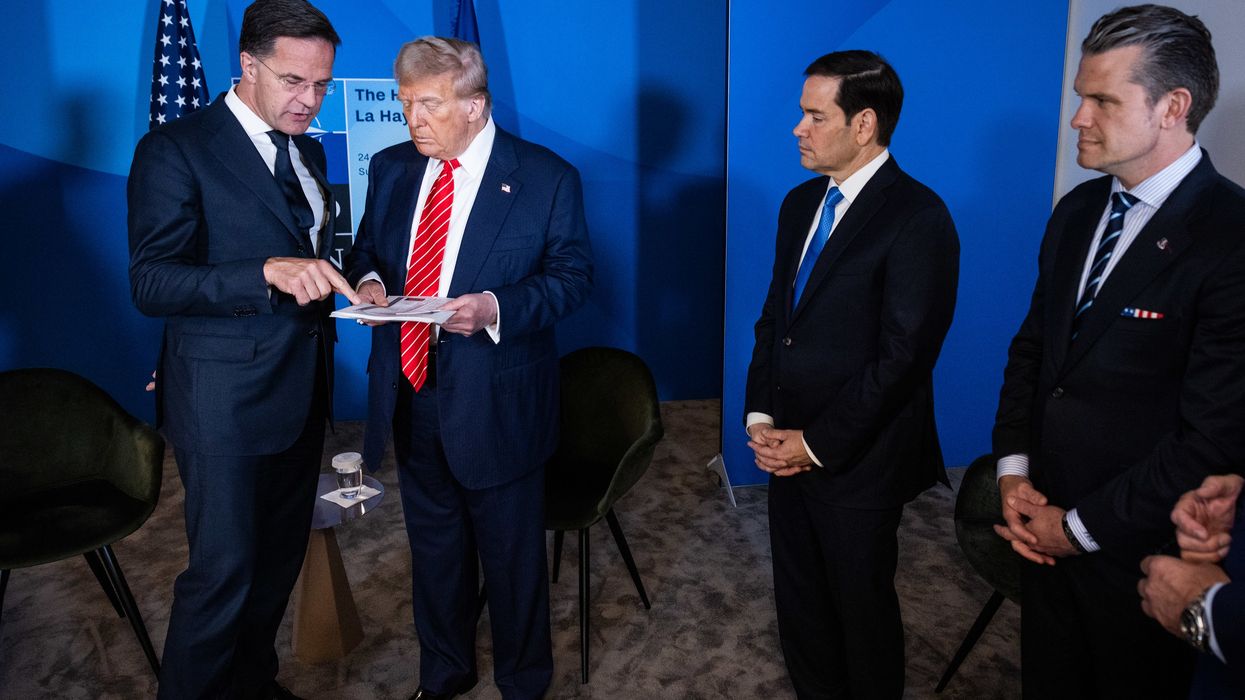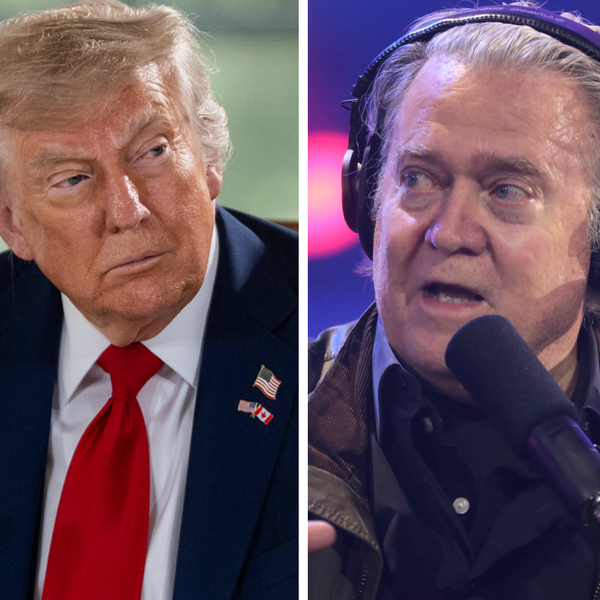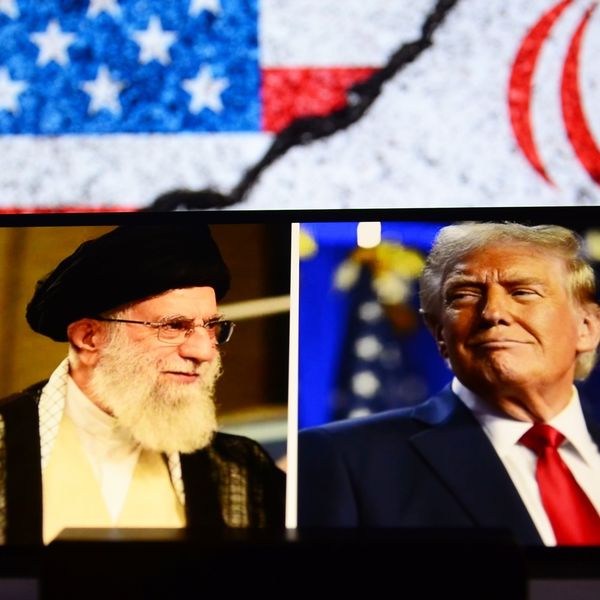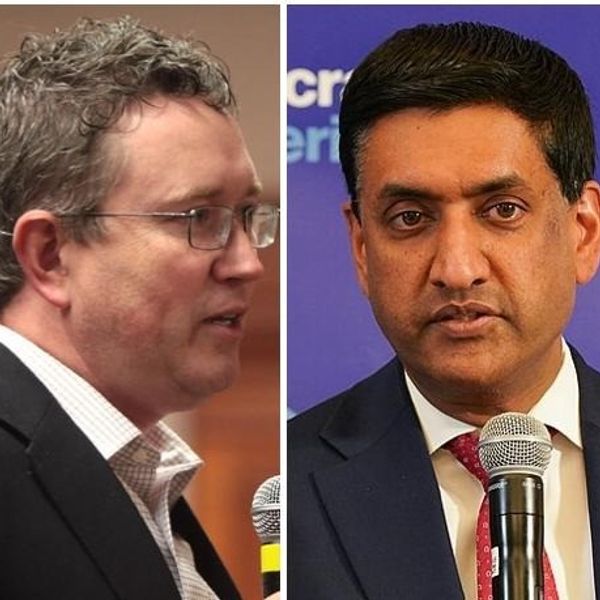What can and should the United States do to protect civilian populations in foreign states from war and violence?
The American people have faced this question many times in recent decades, including in Rwanda, the Balkans, Libya, and Syria, watching in horror as war criminals and weaponry have cut civilians to shreds. It is both a moral and a practical question that we now face in renewed form in Ukraine, as the world struggles to make sense of reported atrocities and wrestles with the probability of many new instances of violence against Ukrainian civilians by the Russian military. Standing by idly as such crimes unfold before their eyes is something with which few Americans are comfortable.
Insisting that something must be done, however, is much easier than determining what American actions would improve rather than undermine civilian security. For example, humanitarian military interventions have had a mixed record of success over the years. The case of Libya in 2011 — the only instance in which the United Nations Security Council has implemented the “Responsibility to Protect” doctrine through an authorized multinational military intervention to prevent a potential genocide — stands out as a cautionary tale about the ways such well-intended interventions can go wrong, with Libya having descended over the past decade into a largely lawless and ungoverned space riddled with militias, crime groups, and terrorists. Few would argue that humanitarian conditions there have improved since Qaddafi was swept violently from power.
Advocates of humanitarian military interventions dispute the particulars of how, why, and to what degree the operations in Libya and elsewhere have stumbled, but direct American military intervention is in any event not on our menu of practical options for Ukraine. The Biden administration has wisely ruled out such intervention, whether in the form of a “no fly zone” or some other military operation, recognizing that it would mean a war with Russia that could quite conceivably escalate into nuclear conflict.
Crudely put, mounting an intervention meant to save Ukrainians, only to see them and millions of others incinerated in a nuclear holocaust, would hardly amount to sound moral arithmetic.
Given this disturbing reality, many are advocating less violent and less escalatory forms of coercion aimed at Moscow, including tightening a set of economic sanctions that are already among the most onerous in history, while providing even more military equipment and training to Ukraine with which it can defend itself. To a significant degree, our sanctions on Russia and assistance to Ukraine have been necessary steps given the difficult circumstances we are facing. But they have had limited effectiveness in protecting Ukrainians from atrocities, as the images from Bucha suggest. So far, they have neither deterred Moscow from attacks nor brought Ukraine a decisive victory on the battlefield.
Would stiffening sanctions even further and releasing flood tides of military aid to Ukraine be more effective in preventing Russian attacks? Almost certainly not by themselves. Reports from Russia suggest that onerous Western sanctions have convinced many Russians that the West is intent on destroying the Russian economy and overthrowing the Putin presidency, leaving the Kremlin with no choice but to fight and prevail in Ukraine regardless of the costs.
And while Ukrainians have done an admirable job in preventing Russia from seizing Ukrainian cities, their ability to go on the offensive and drive Russian battalions from occupied Ukrainian territory is unproven. Absorbing large quantities of offensive military supplies and incorporating them effectively into combined-arms assaults on Russian units would very likely take Ukraine months, if not years — time in which the chances of more civilian casualties and war crimes, not to mention the odds of escalation into direct NATO-Russia conflict, would only increase.
But Western sanctions and military aid that are coupled to a pragmatic negotiating strategy stand a better chance of ending the bloodshed and reducing the chances of more atrocities against Ukrainians. What might that look like? Ukraine itself is proposing terms that, if backed by a combination of U.S. and European sticks and carrots, stand some prospect of success:
— A Ukrainian treaty of neutrality, with guarantees from the members of the United Nations Security Council plus Turkey, Israel, Canada, Germany, and Poland that they would defend Ukraine from future attack
— Ukraine remains free to join the European Union
— Russian troops withdraw completely from all the territories that they have occupied since invading Ukraine
— Ukraine and Russia hold bilateral negotiations on the status of Crimea and Sevastopol within the next fifteen years, promising to take no military action to resolve the issue
— The status of certain districts of Lugansk and Donetsk provinces (i.e., the ones forming part of the separatist Donbas republics before the war) to be discussed separately with Russia.
These Ukrainian proposals are wise and sensible, and (subject to only two qualifications) should receive the full support of the United States and the West. It would certainly be both politically and morally grotesque for Washington to block a peace agreement that the Ukrainian government itself has advocated. They are also fairly close to an agreement that President Putin and the Russian government could present (however fraudulently) as a Russian success — something that is essential if they are to be brought to end the war.
Ukraine’s request for international security guarantees as part of a treaty of neutrality is a problem for NATO, not Russia ‚ because NATO has always refused to fight for Ukraine. What the West could do is to bind itself legally to re-impose the harshest possible sanctions on Russia if it breaks the treaty. This approach however presupposes that the West had first lifted its latest sanctions as part of a peace settlement. Since those sanctions were imposed in response to the Russian invasion, it seems logical that the West should offer to lift the sanctions as an incentive for Russian withdrawal.
The other chief remaining problem relates to the borders of the separatist republics whose future status will be subject to negotiation. At the time of this writing, Russia continues to recognize the independence of the Donbas republics on the entire territory of the two provinces, though Russia controls only part of them; and Russian forces continue to advance, albeit slowly, in this region. Ukraine naturally insists on withdrawal to the previous ceasefire line.














